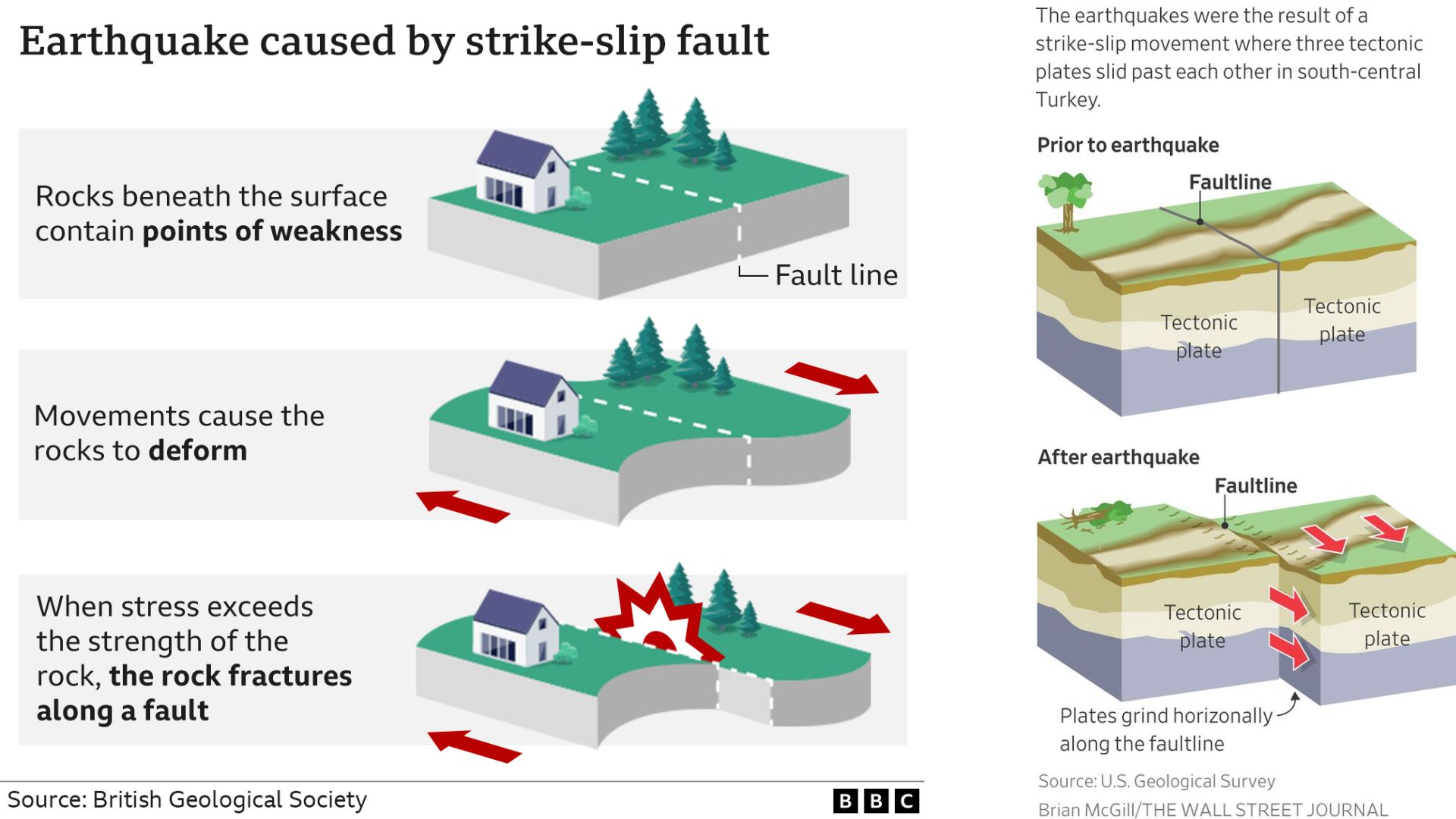Antakya, Turkey - Overwhelmed rescuers struggled to save people trapped under the rubble of thousands of buildings brought down by a 7.8 magnitude earthquake and multiple aftershocks in Turkey and Syria on Tuesday, with despair mounting and the scale of the disaster hampering relief efforts.
The death toll has neared 5000 so far. Countries around the world dispatched teams to assist in the rescue efforts, and Turkey’s disaster management agency said more than 24,400 emergency personnel were now on the ground.
In the Turkish city of Antakya near the Syrian border, where 10-storey buildings had crumbled onto the streets. Rescue work went slow as the rain brought down the temperatures close to freezing and there was no electricity or fuel in the city.
The death toll in Syria, already devastated by more than 11 years of war, stands at more than 1,500, according to the Syrian government and a rescue service in the insurgent-held northwest.
Ankara declared a "level 4 alarm" that calls for international assistance, but not a state-of-emergency that would lead to mass mobilization of the military.
Aftershocks
The earthquake, which was followed by almost 200 aftershocks, the biggest recorded worldwide by the U.S. Geological Survey since one in the remote South Atlantic in August 2021.
Another earthquake of 5.6 magnitude struck central Turkey on Tuesday, the European Mediterranean Seismological Centre said.
Monday's quake was the deadliest in Turkey since one of similar magnitude in 1999 that killed more than 17,000. Nearly 16,000 were reported injured in Monday's quake.
What caused the quake and ensuing destruction?
Mondays quake hit at a depth of 18 kilometers and was centered in southern Turkey, near the northern border of Syria, according to the U.S. Geological Survey. The area sits in a seismically active area known as the East Anatolian fault zone, which has produced damaging earthquakes in the past.
In the first 11 hours, the region had felt 13 significant aftershocks with a magnitude of at least 5, said Alex Hatem, a USGS research geologist to AP.
Researchers said the earthquake was a strike-slip quake, where two tectonic plates slide past each other horizontally.

The Earth is divided up into different pieces, “kind of like a jigsaw puzzle,” said Eric Sandvol, a seismologist at the University of Missouri.
Those pieces meet at fault lines, where the plates usually grind against each other slowly. But once enough tension builds up, they can snap past each other quickly, releasing a large amount of energy.
In this case, one plate moved west while the other moved east — jerking past each other to create the quake, Hatem said.
The earthquake was powerful — especially for a quake that hit on land. Typically, very strong earthquakes occur underwater, Margarita Segou, a seismologist with the British Geological Survey, said.
On top of that, the quake hit near heavily populated areas. The epicenter was near Gaziantep, a major city and provincial capital in Turkey.
The affected regions were also home to vulnerable buildings, said Kishor Jaiswal, a USGS structural engineer.
While new buildings in cities like Istanbul were designed with modern earthquake standards in mind, this area of southern Turkey has many older high-rise buildings, Jaiswal said. Rapid construction in Syria — plus years of war — may have also left structures vulnerable, researchers said.
-Ap/Reuters